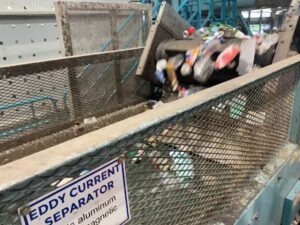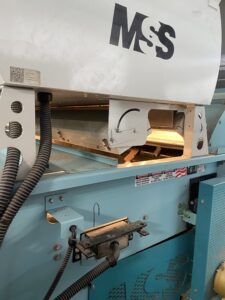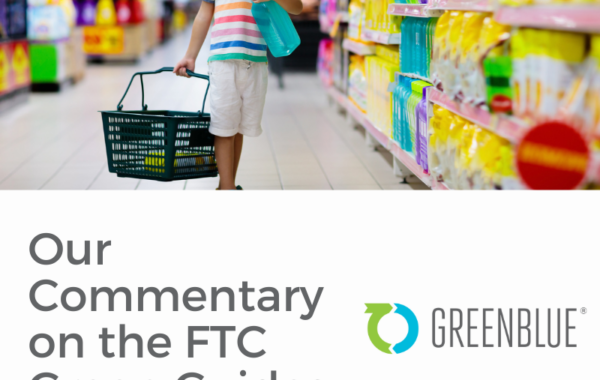May 12, 2023
A glimpse into the Balcones Resources tour that took place at SPC Impact 2023; what it showed us, and how, to succeed, we must collaborate to tackle packaging waste at scale.
Since 1994, Balcones Resources has worked to tackle the waste conundrum in innovative ways, largely as a result of fostering meaningful partnerships with their customers, from small business to municipalities and everyone in between. Originating in Austin, Texas, Balcones Resources has since expanded their operations to six locations (and counting) across the country, making them the largest independent recycler in the United States. During SPC Impact 2023, attendees heard from Joaquin Mariel, Chief Commercial Officer of Balcones Resources, on the Main Stage in his TED Talk The MRF’s Role in the Circular Economy (Figure 1). SPC Impact attendees also got a chance to tour their Austin facility during its operations on Day 2 of the conference.

Figure 1: Joaquin Mariel speaking on the Main Stage on Tuesday at SPC Impact 2023
With 30-35 tons of material processed every hour, to say there were a lot of moving parts is an understatement. This amount of material speaks to the scale of consumer recycling, how it has evolved and continues to grow. Beginning at the mountain of intaken material shown in Figure 2, the Balcones Resources tour guides led SPC Impact attendees through each step of the sortation process all the way to the final product: bails upon bails of separated materials (Figure 3).


Figure 2: Pile of intaken material being loaded in by trucks Figure 3: Separated paper bails
Conveyor belts carry the intaken volume through various types of machinery and isolate it by material type (glass, paper, metal, and plastic). For example, the Eddy Current Separator (Figure 4) uses magnets to sort out metals, and the Fiber and Plastic Optical Sorters (Figure 5) separate materials based on color and/or packaging type using air pressure.
Figure 4: Eddy Current Separator Figure 5: Optical Sorter
Meanwhile, Balcones Resources workers oversee the flow of materials and pull out items by hand that might have been missed by the (mostly) automated machines. Toward the end of the tour, attendees got a glimpse into “last chance” area (Figure 6), which sends materials through a Plastic Optical Sorter to recover any last stragglers it may have missed previously. Unfortunately, this is where you see many of the materials that simply can’t be recycled at the facility (i.e. soft or small bits of plastic, bowling balls, etc.) putting into perspective the need to optimize how we design packaging.
Figure 6: “Last Chance Area”
Common contaminants, such as plastic bags (the largest source of contamination at Balcones Resources in Austin, TX) and electronic waste (which can cause explosions and fires), are where collaboration and coordinated innovation come in. When packaging materials can’t be sorted production slows and costs (in the form of tax dollars) rise for MRFs (Municipal Recycling Facilities). Much of the materials that cannot be sorted are due to the inability to access recycling in underserved communities, and organizations launching new products without informing recyclers. Mariel referenced this frustration on the Main Stage at SPC Impact, calling out companies for launching one-off solutions. Despite good intentions, these innovative solutions cannot be implemented successfully and at scale without comprehensive communication between the companies that create them and the MRFs that process them.
MRFs are often required to maintain and upgrade their machinery to most effectively sort their volume. Similarly, we as members of the packaging community must design and label our materials to match the capabilities of MRFs, as well as the end market needs of their customers. Packaging producers and recyclers need a better understanding of how each other operates to create a mutually beneficial relationship that subsequently betters the planet too.
It is vital to understand that while many materials can be recovered, it does not mean they necessarily will be recovered. The sustainable packaging industry has the power to both provide MRFs with the volume they need to flourish and design the materials that make up that volume to be truly circular. In order for this to happen, all stakeholders need to join forces. SPC Impact, and this tour in particular, brought together a diverse group of key players in the industry, in an environment that thrives on both collaboration and innovative thought.









